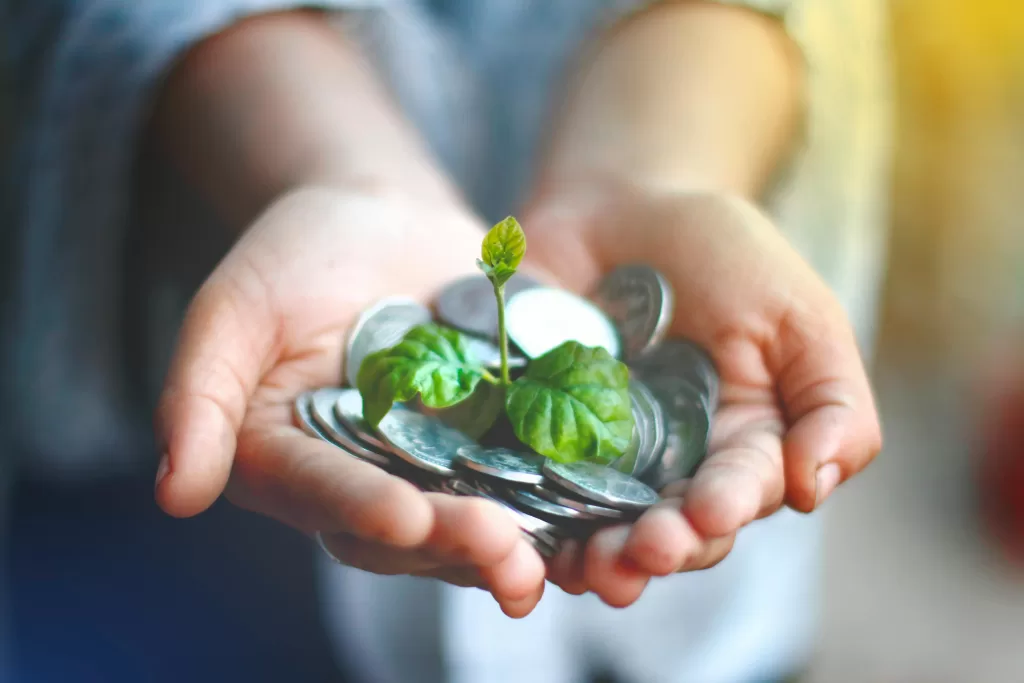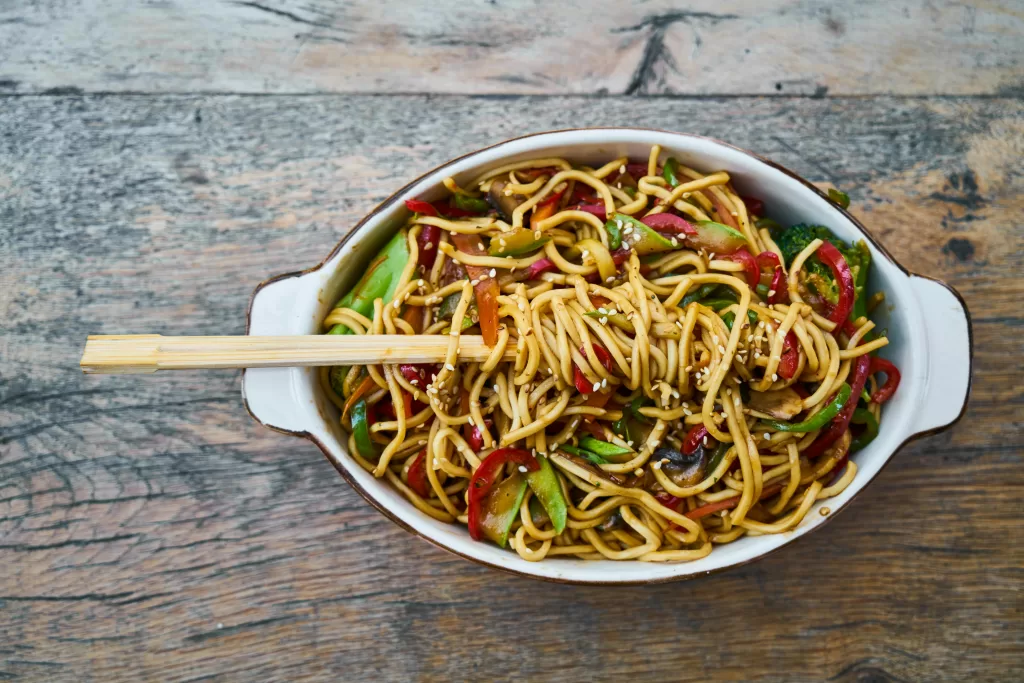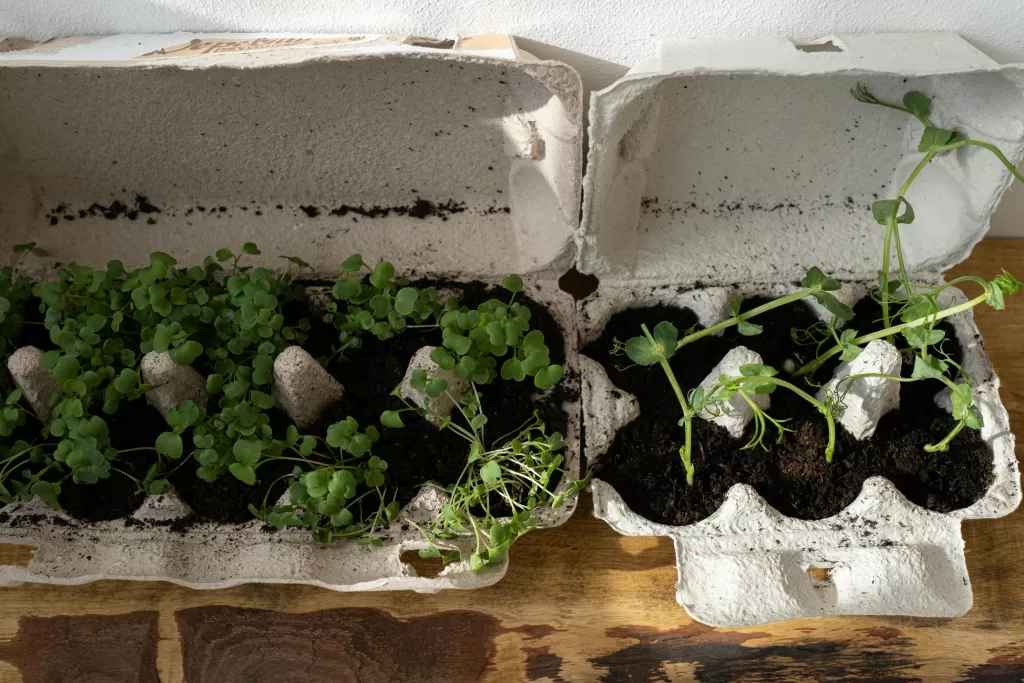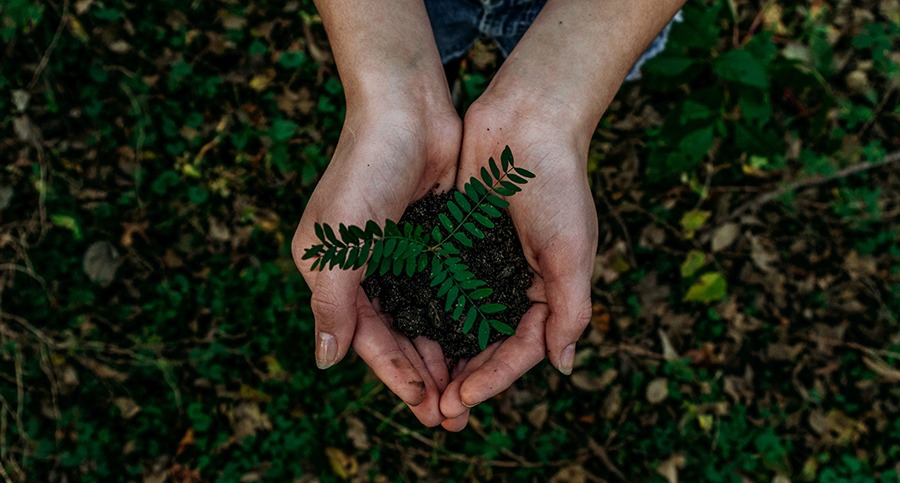
Source: Akil Mazumder via Pexels
We all want to find ways to live more sustainably. However, many sustainable actions that come with lower carbon footprints also come with larger price tags. For those of us who are trying to make ends meet, this can be off-putting. It can be hard to make the choice between the sustainable option and the cost-effective option.
Luckily, thrivability reminds us that Strong Sustainability isn’t just about doing what’s right for the planet. It’s about looking at the bigger picture and ensuring that we maintain the integrity of all ecosystems as well as social and economic domains. By considering issues using an Entity Model, where we take a global, top-down approach to solving problems, we can make progress for our environment in affordable ways. No one should have to choose between feeding their family and making the “right choice” for the planet.
Instead of shaming ourselves for not always doing the “right thing”, let’s focus on the ways we can improve. Not only can we make steps to improve the environment, but we can also improve our health, finances, and quality of life along the way. Here are just a few ways that you can try to live more thrivably, while building a better world for yourself and others.
Monitor your food wastage
Australians consume far more than we actually need, leading to a lot of waste. Around 7.6 million tonnes of food are wasted in Australia each year, with 30% of that coming from household waste. That means that each household wastes AUD$2,500 worth of food a year (DCCEEW, 2025).
You can save yourself money by monitoring your food wastage. When it’s time for your regular grocery shop, start by taking stock of what you have left over. What are you regularly buying, but not using? What are you buying because you think you should eat it, but you don’t? This will not only reduce your food wastage but also your grocery bill.
Are some products rotting or growing mould before you get a chance to use them? Consider shopping for fresh produce more regularly, and only buying enough for a few days at a time. You can also freeze, pickle, or preserve produce that is about to expire to extend its shelf life.
Swap for plant based once A week

Source: Engin Akyurt on Pexels
While most of us eat meat, a lot of us eat too much of it. Daily meat consumption in Australia is 1.5 to 2.0 times higher than recommended amounts (Charles Perkins Centre, 2023). This overconsumption is contributing to our high rates of cardiovascular disease, obesity, diabetes, and colon cancer. With grocery prices continuing to rise, the price of meat products is also becoming prohibitive for some families.
Why not try a plant-based alternative one day a week? Swap mince for refried beans on your tacos, or try a vegetable curry. You’ll not only save money, but you’ll also be improving your health. You can read more about the benefits of reducing your meat intake in this article.
Choose Quality over Quantity
Cheap electronics can be tempting. After all, who wants to spend $50 when you can spend $10? But cheaper electronics tend to have a shorter life span, requiring consumers to buy the same product repeatedly. As a result, each Australian produces 20kg of e-waste per year, more than double the global average of 7kg (Clean up Australia, 2025). As well as being responsible for 70% of the toxic chemicals found in landfill, e-waste accounts for AUD$430 million worth of materials being thrown away instead of being recycled yearly in Australia alone. More than 90% of the components in televisions and computers can be recycled, so make sure to dispose of them properly!
To save yourself money, think before buying new electronics. Do you really need it? Are you buying something new from necessity, or for status? Will that $17 pedestal fan still work next summer? Would you be better off spending more to have a ceiling fan installed? Is the cheaper, less energy-efficient fridge really worth it when it will cost you more to run? Think before you buy, and help us move towards a Regenerative Economy, where we re-use our precious resources instead of discarding them.
Say Goodbye to Single use
Many single-use plastics have been phased out across Australia, but there is still a lot of work to be done (Australian Retailers Association, 2025). Many stores now charge for shopping bags, whether they are plastic, biodegradable, paper, or fabric, and buying enough bags to carry your weekly grocery run can add up. Save yourself some money by buying a good quality set of reusable bags and leaving them in your car or by your front door. You can even get reusable bags that tuck neatly into a discreet pouch that can be popped in a pocket or attached to your keys.
Switch to reusable options wherever possible. Carry a metal or reusable water bottle that you can refill throughout the day, instead of buying bottled water. Tuck a reusable set of cutlery and a reusable straw in your work bag. Use reusable containers for food instead of plastic wrap or Ziploc bags. Take a reusable coffee cup to your favourite café. You can even find plastic-free alternatives for items like toothbrushes and floss, and shampoos that come in a bar instead of in a bottle. Not only will the environment thank you, your wallet will, too!
Make money by recycling
Every state and territory in Australia now offers a Container Deposit Scheme (Planet Ark, 2024). These schemes allow consumers to return aluminium, glass, and plastic containers for a 10-cent refund per item. This helps to keep recyclables out of landfills and allows for resources to be reused, and reduces our overall carbon footprint.
While 10-cent doesn’t seem like much, it can add up! Give it a try; set aside a space in your yard or garage and start collecting. When you have a good amount, take them down to your local depot and exchange them for cash. Alternatively, get your kids involved and let them earn some pocket money. What can be returned varies from state to state, so check the details before you start collecting.
Some organisations also offer cash returns for recycling scrap metal, car batteries, and electronic waste. You can also sell secondhand items that you no longer use at a garage sale or online, making you money while reducing clutter. Take a look around your house, you might be surprised by how much you find!
Review your energy consumption
Fossil fuels are used for 91% of Australia’s energy production, adding 9.1 billion tonnes of CO₂ to the atmosphere each year (CSIRO, 2024). As many of the homes in Australia were built prior to the introduction of building energy standards, millions of homes waste too much energy. Residential buildings currently use 24% of all electricity in Australia and are responsible for 10% of total carbon emissions (DCCEEW, 2025). Luckily, a few simple actions towards a planet-friendly home can reduce not only your carbon footprint, but also the bottom line on your energy bill.
Heating and cooling account for around 40% of household energy use, so make your house more efficient at maintaining temperature. Shut doors to rooms you’re not using. Fill in the gaps around doors and windows using weather seals and draught stoppers. Use dark, well-fitted curtains to keep heat out in summer; open them in winter to let the sun in. Ceiling fans help to circulate air in both summer and winter, making your air conditioning system more effective. Lastly, change the level of your air conditioner; just one degree lower can reduce your energy usage by up to 10%.
When buying electronics, choose those with the best Energy Ratings. Choosing products with a higher energy rating will also help you reduce your energy bills. Reviewing your lighting can help too; choose LED bulbs wherever possible. They use 75% less energy than old halogen bulbs, and they last longer.
Review your water consumption
Australia is the driest inhabited continent on Earth, with limited rainfall that is becoming more unpredictable owing to climate change (Heggie, 2025). Saving water is important for all, but it can also help you save money. Using water-efficient products can save an average household AUD$175 per year (energy.gov.au, 2025). Choose washing machines, dishwashers, and toilets with a higher water rating. Install low-flow taps or flow-controlled aerators, and water-saving shower heads. This simple change can reduce your water usage from 18L/min to 2L/min, saving you hundreds of dollars a year. Saving water also saves energy, as less water needs to be heated.
From Consumer to Creator: A thrivable side-hustle

Source: Ron Lach on Pexels
Many people today have turned their passions into a side hustle to make a little extra money. Why not turn an interest in thrivability into your own side hustle?
- If you’re interested in gardening:
- Grow your own produce to sell at the local farmer’s market. People will love your organic fruits, vegetables, and flowers.
- Coax seeds into seedlings to sell to other gardeners.
- Advertise your services to help others with their gardens.
- If you’re a keen sewer:
- Upcycle old clothes into trendy new items you can sell locally.
- Mend people’s favourite pieces to extend their life.
- Create your own ethically made clothing line.
- If you like to get out on your bike:
- Look into becoming a courier for your local area.
- Look into becoming a courier for your local area.
- If you have a talent for being handy:
- Let others know what you can do! It’s so much more thrivable to pay to have things repaired than to replace them.
- Let others know what you can do! It’s so much more thrivable to pay to have things repaired than to replace them.
- If insects are your thing:
- Try your hand at beekeeping. Honey and wax can easily be sold locally.
- Beeswax can also be used to make alternatives to single-use plastic wraps.
Conclusion and Call to Action
There are so many ways that we can work to become more thrivable without breaking the bank. Can you find just one idea in this article that could work for you? Living a more thrivable life doesn’t mean you have to change everything all at once. Change what you can, when you can. Even the smallest changes can make a big difference for you, your household, and the planet.
A Thrivable Framework
The THRIVE Framework provides us with guidance to move beyond sustainability and build a more thrivable planet. Strong Sustainability reminds us that sustainability and the goal of carbon-neutrality is not enough on its own. We need to look at the bigger picture and ensure that we maintain the integrity of all ecosystems, as well as social and economic domains. This is also demonstrated by the concept of an Entity Model, where we take a global, top-down approach as we try to solve problems. In doing so we can consider all factors, and aim to solve problems in a holistic manner, rather than solving problems one at a time and causing issues elsewhere.
To learn more ways to live a thrivable life, join us at THRIVE Project by signing up to our newsletter. You can also learn more by exploring our resources, or join in with our webinars and workshops.
Why trust us?
At THRIVE Project, we’re all about facts that matter—and a future that flourishes. Our team of researchers, writers, and thrivability experts dig deep into the science so you don’t have to. Everything we publish is based on credible sources, double-checked for accuracy, and written with one goal in mind: helping you make sense of the world and how to improve it. We’re independent, non-profit, and here to spark real change with knowledge you can count on. Find out more about our team.
– THRIVE Project























